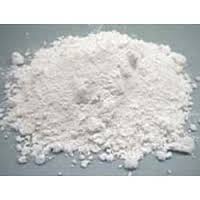A semi-metal that can exist in two forms: as a silvery metal or as a red powder. Selenium is among the rarer elements of this planet - rarer than silver. It is used commercially as an additive for glass and stainless steel production.
Function of selenium in the body
Selenium is required to produce thyroid hormone T4 T4 and also needed for the conversion of T4 to the more active form of the hormone T3. Selenium is also essential for the production of the enzyme required for the production of glutathione. - a substance required by the liver for the elimination of all toxic metals, many toxic chemicals and biological toxins.
Selenium deficiency
Low selenium levels have been associated with people who have rheumatoid arthritis[1] and can contribute to heart failure[2]. Insufficient amounts of selenium can exacerbate the symptoms of atherosclerosis[3]
| Signs | Symptoms |
|---|---|
| Irritable | Anxious |
| Impaired hair and nail growth | Weak adrenal activity |
| Nerve sensitivity | Impaired immune response |
| Allergies asthma | Arterial disease |
| Low or high blood pressure | Depression |
| Hypoglycemia |
References
- Tarp U, Overvad K, et all, 1985, Low selenium level in severe rheumatoid arthritis. Scand J Rheumatol. 14(2):97-101.
- Xiaoshu C, Guangqi Y et all, 1980, Studies on the relations of selenium and Keshan disease June 1980, Volume 2, Issue 2, pp 91-107 Biological Trace Element Research
- Yegin A, Yegin H, et all 1997, Erythrocyte selenium-glutathione peroxidase activity is lower in patients with coronary atherosclerosis. Nov; 38(6):793-8. Japanese Heart Journal

